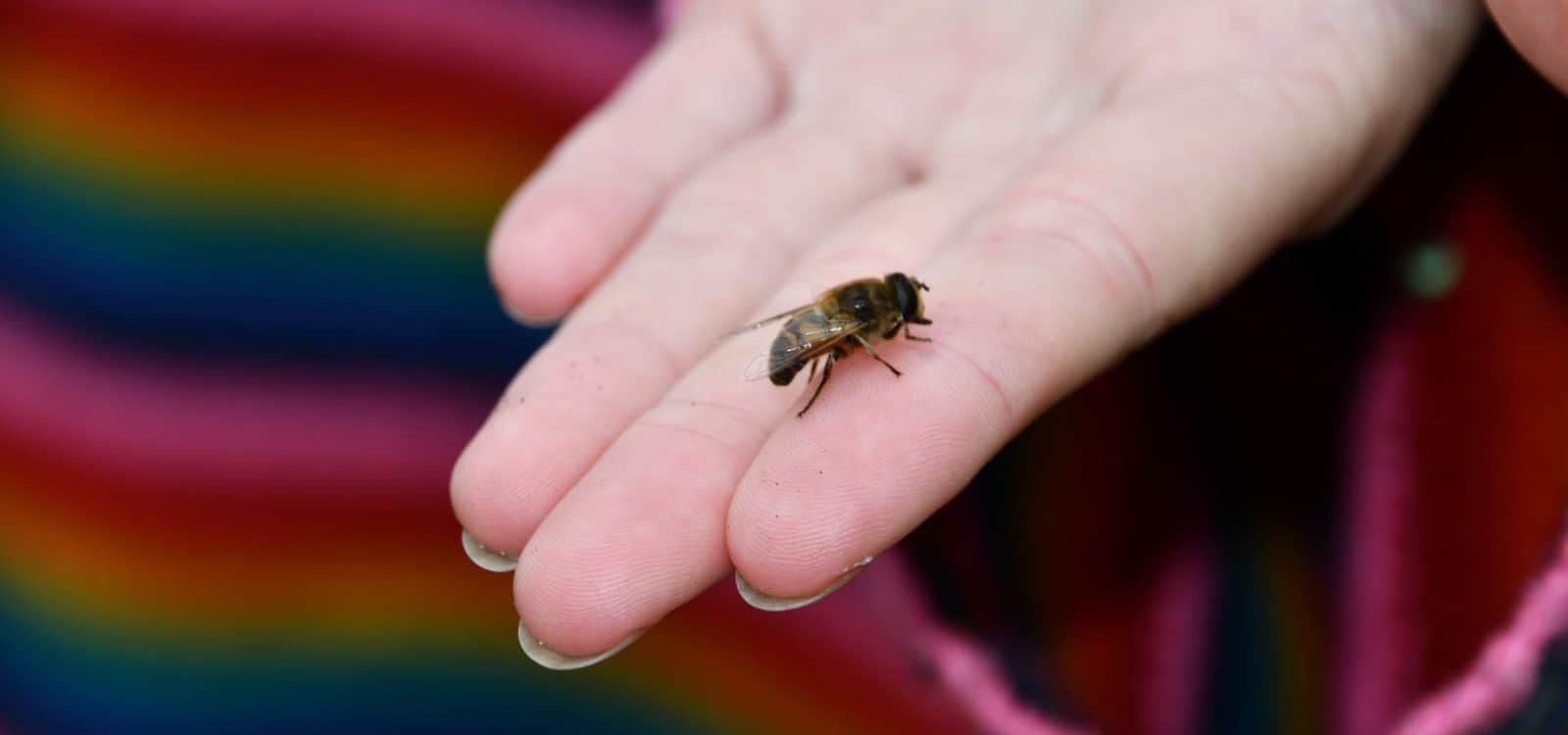This blog is by Alice Thorburn, a passionate environmentalist who was involved with the BioLinks project and is currently a Field Studies Youth Council member.
I recently attended the BioLinks Legacy Conference as part of the Youth Council, and the feeling (at least for me) was bittersweet. The project has been such a joy to be part of, and it’s a shame to see it finished. The conference was a wonderful celebration of the wins the team at the Field Studies Council have had and the bumps they experienced along the way (I’ll just say one word – Covid).
I encountered the Field Studies Council and the BioLinks project when I was a few weeks into my very first job in horticulture. Having come from a completely different background, this was already a big career change for me, but little did I know then how big a part the Field Studies Council would play in this journey. In one of my first weeks on the job, the BioLinks team were on site conducting an earthworm survey with a group of volunteers. For me, that was all it took. I was hooked. I attended Field ID days, microscope ID courses, online training courses, and unexpectedly, creating and using an insect collection course. All the way through, the staff bolstered confidence, improved skills, created a community and, most of all, a sense of solidarity that no, it wasn’t just me crawling around on the floor looking for bugs. In fact, from the conference I learnt that there were 5752 in-person learners throughout the project, which I think it’s safe to say is a pretty big community of people looking for invertebrates.
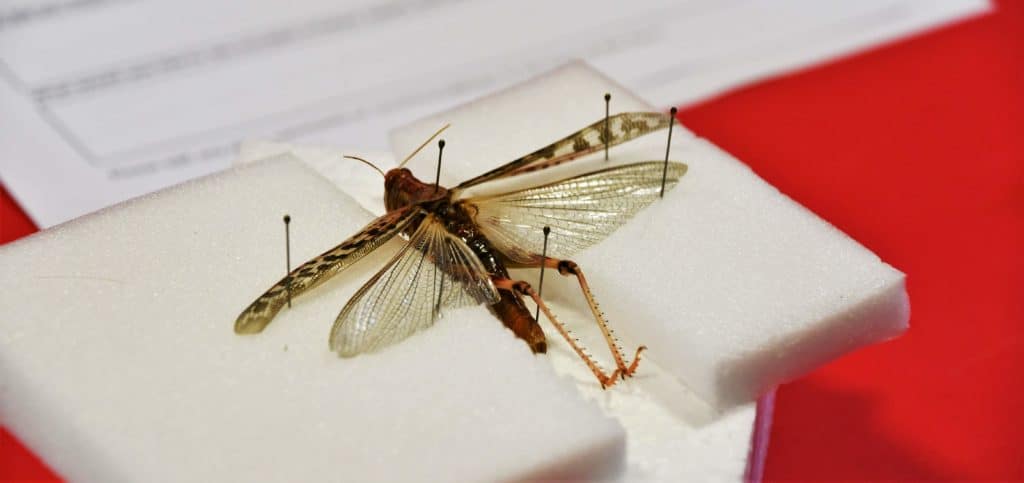
The BioLinks Legacy conference reflected on the past, present and future of the Field Studies Council. Sue Townsend opened with a talk about their history, and I felt privileged to be sitting in the audience not only as a young person but as a woman. In a traditionally male discipline, it was wonderful to look around the room and see that women are more involved than ever before. It was a joy, therefore, having been presented with a picture of men in tweed suits as the origins of Field Studies Council to learn that a large percentage of course attendees were female.
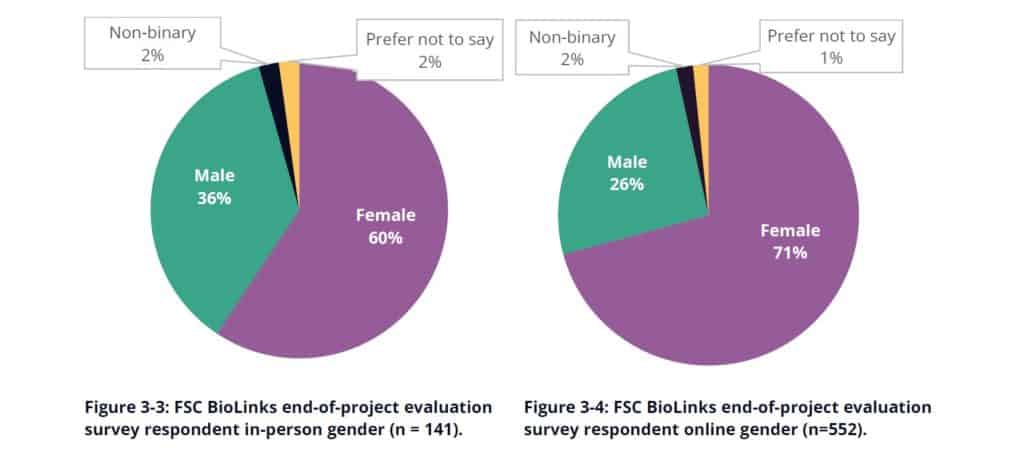
The speakers progressed through the timeline of the project from the consultation phase, which discussed what taxonomic groups should be taught, to the project findings, where it was found that people not only learnt but enjoyed doing so (the average enjoyment rating being 4.81- 4.85 out of 5). I was surprised, although maybe I shouldn’t have been, that the 13- 25-year-old age bracket made up only 2% of all course attendees. Falling into this age bracket myself, I had of course noticed that I was usually the youngest person in the room, but what the BioLinks team did was dare to wonder why. Is it because the venues are inaccessible? Work and school commitments? Or were they just not reaching a young audience? Whatever the reason, I felt proud to be in the audience with fellow Youth Council members representing an underrepresented age group.
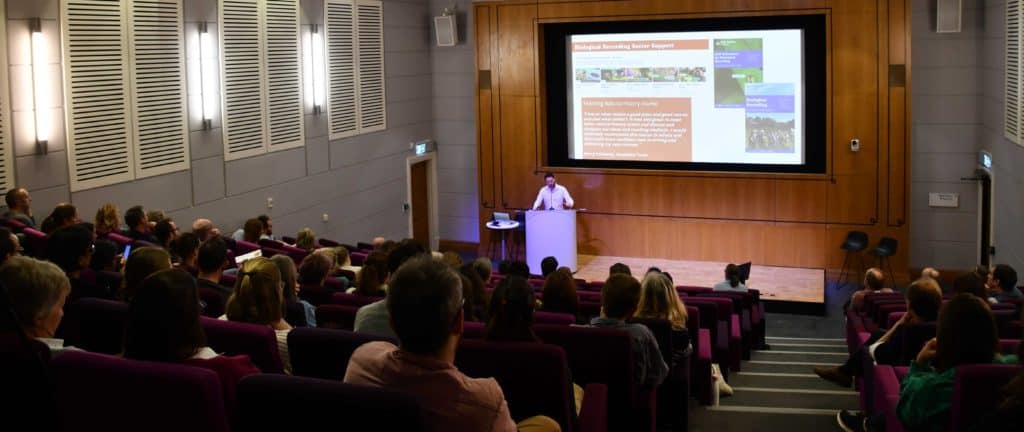
To conclude the day, the topic of the future was broached by Philip Turvil. The next ten years were discussed, who would the Field Studies Council engage next, and how? What part could we all play? The future sounds as adventurous as the past and something that I hope to be part of.
It must be mentioned that the conference was about more than just presenting statistics. There were the all-important tea breaks, something which had also fuelled the BioLinks project. These were a great chance to chat with people from different organisations and to hear what other projects are going on, and it certainly seemed everyone in attendance had a story to tell or a project to coordinate.
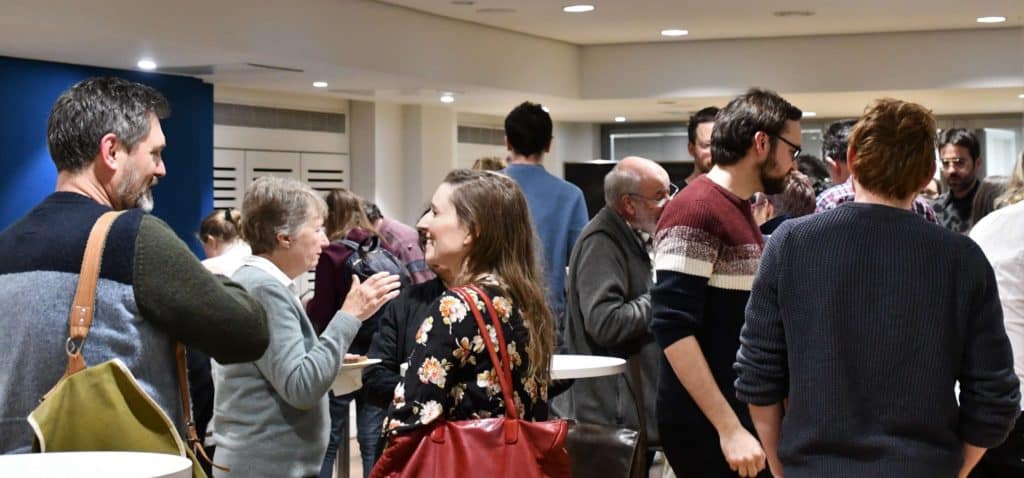
The afternoon speakers even included some of these other projects, with Kingston Council discussing a rewilding project and the Butterfly Conservation talking about training record verifiers. Seeing the Field Studies Council involved and engaged with projects across the wider community provided an insight into the reach and scope that they have and how valuable the BioLinks project has been in educating the community in biological recording.
All in all, it was a truly inspirational way to spend the day, especially as someone just starting in the field, to see some of the different pathways people have followed and all the different ways people choose to engage with the natural world.
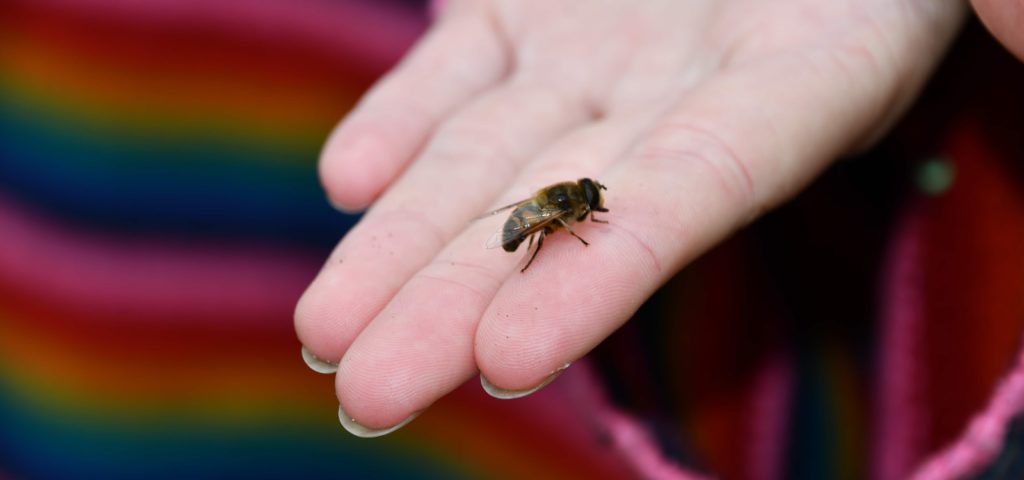
To hear more about future biodiversity projects, you can sign up for the Field Studies Council Biodiversity Newsletter. For any projects specifically for young people, their Youth Newsletter will keep you up to date.

